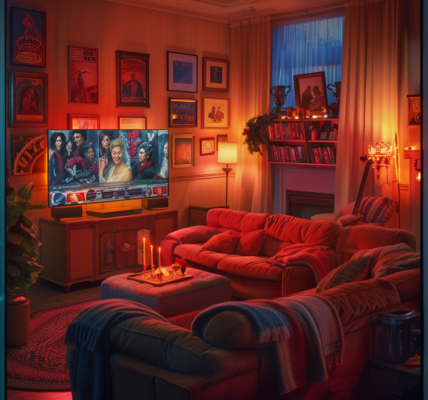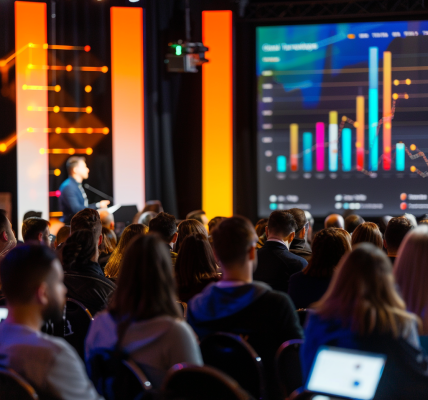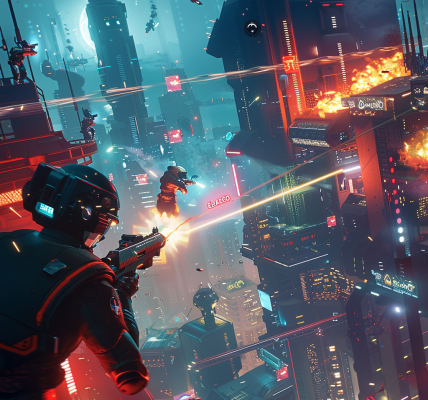University of Illinois Urbana-Champaign Researchers Make Breakthrough in Solid-State Lighting
On January 23, 2024, researchers at the University of Illinois Urbana-Champaign made a breakthrough in the field of solid-state lighting by closing the ‘green gap’ with the development of a cubic III-nitride active layer with 32% internal quantum efficiency (IQE). This discovery, led by electrical and computer engineering professor Can Bayram and graduate student Jaekwon Lee, offers a promising solution to the challenge of achieving higher efficiency in LED color mixing.
The current method of achieving white light through phosphor down-conversion has limitations, prompting the need for innovation in the field of solid-state lighting. While the process of phosphor down-conversion involves converting blue light into yellow, green, and red light, it is inherently inefficient due to the loss of energy in the form of heat during the conversion process.
The research conducted at the University of Illinois Urbana-Champaign addresses the inefficiency of current green LEDs, which are made from hexagonal III-nitride and only reach one third of the efficiency goals outlined in the 2035 DOE roadmap. The development of a green-emitting cubic III-nitride active layer with 32% internal quantum efficiency represents a significant leap forward, surpassing the efficiency reported in the literature for conventional cubic active layers by more than six times.
Professor Can Bayram emphasizes the importance of innovation to triple the efficiency of today’s white light emitting diodes. He highlights the significance of filling the green gap in the spectrum, stating that it is no easy task and requires innovative approaches, such as the use of cubic nitrides from the materials side.
The results of this groundbreaking research were published in Applied Physics Letters as an issue cover article, marking a significant milestone in the pursuit of higher efficiency in LED color mixing. The potential of color-mixed LED sources to achieve higher theoretical maximum efficiency aligns with the 2035 DOE energy efficiency goals, making this development a crucial step towards meeting those targets.
With the successful development of the cubic III-nitride active layer with 32% internal quantum efficiency, the future of solid-state lighting holds promise for more efficient and sustainable lighting solutions. This innovation not only addresses the challenges of the ‘green gap’ but also paves the way for advancements in LED technology, bringing us closer to achieving the energy efficiency goals set for 2035.





